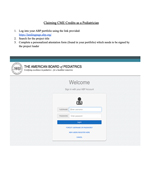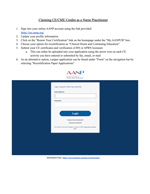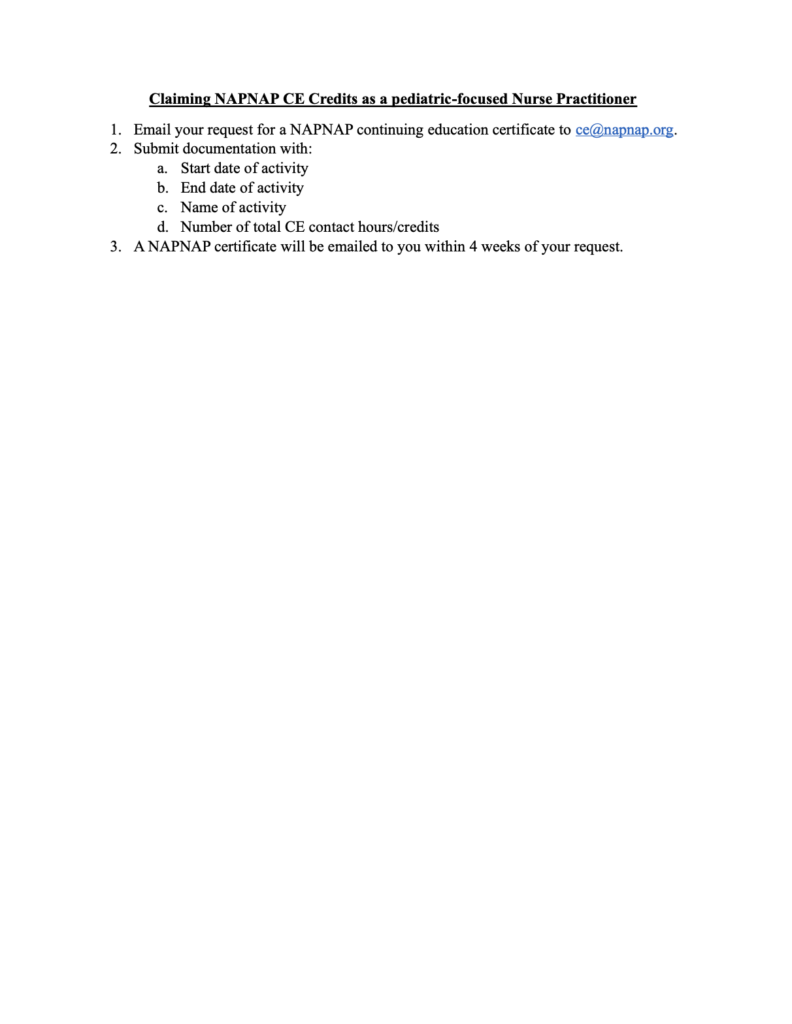×
For Newborns
Breastfeeding
What are the benefits of Breastfeeding for infants?
Human milk is rich in essential nutrients. Colostrum, the first milk secreted after giving birth, helps to protect the infant as it is rich in antibodies.
Additionally,
- Breast milk provides infants with the appropriate balance of nutrients in the first weeks of life. Eventually, it becomes more easily digestible.
- Establishes a more diverse gut microbiota.
- Breast milk contains antibodies that help to protect infants against bacteria, viruses, and various other infections. This enhances the immune system and may reduce the risk of diarrhea and respiratory infections.
- It may reduce the development of early eczema or atopic dermatitis.
- Help mouth, teeth, and jaw development.
- Lowers risk for chronic diseases such as type 1 and 2 diabetes and obesity.
If you cannot or choose not to breastfeed, you should be supported and guided to find the best infant formulas. Reach out to your pediatrician or registered dietitian for guidance.
What are the current recommendations?
- The American Academy of Pediatrics (AAP)
- Recommends “exclusive breastfeeding for about 6 months. Complementary solids should be introduced at about 6 months for most infants…An expert panel has advised peanut introduction as early as 4 to 6 months of age for infants at high risk of peanut allergy, but not until 6 months for infants at moderate or low risk.” American Academy of Pediatrics
- The World Health Organization (WHO)
- Recommends “mothers worldwide to exclusively breastfeed infants for the child’s first 6 months to achieve optimal growth, development, and health. Thereafter, they (infants) should be given nutritious complementary foods and continue breastfeeding up to the age of two years or beyond.” The World Health Organization
- National Institute of Allergy and Infectious Disease (NIAID) Addendum Guidelines for the Prevention of Peanut Allergy
- Recommends, “Infants with severe eczema, egg allergy, and/or both have introduction of age-appropriate peanut-containing food as early as 4 to 6 months of age to reduce the risk of peanut allergy.” National Institute of Allergy and Infectious Diseases
Early introduction of peanut may seem to contradict the WHO’s recommendations for exclusive breastfeeding through 6 months of age, yet the LEAP Trial indicated that the duration and frequency of breastfeeding were not influenced. When there is a lack of evidence with conflicting guidelines, shared medical decision-making between providers and families is essential. Healthcare providers should consider talking with the families they serve, as there will be flexibility in allergy prevention and maintenance.
Current Recommendations:
A delay in introducing common food allergens may increase the chance of food allergies. This may be especially seen in children with severe eczema or a previously diagnosed food allergy.
- Beginning complementary feeding alongside breastfeeding as early as 4 months of age and no later than 6 months.
(Complementary Feeding is defined by the WHO as, “the process starting when breastmilk alone is no longer sufficient to meet the nutritional requirements of infants, and therefore other foods and liquids are needed, along with breastmilk.” There are higher energy and nutrient needs that the introduction of complementary feeding will help infants’ meet.) - Early introduction of peanut and other allergens.
- The NIAID Addendum Guidelines suggest a target age of 4-6 months to introduce peanut containing foods, as this may prevent peanut allergy development in infants.
- There is no recommended to delay the introduction of egg or other major allergens beyond 4-6 months of age.
- Breastfeeding should continue while solids are being introduced.
- Consider introducing complimentary foods to infants who are formula fed at the same time point as children who are breastfed.
- For infants with food allergies whose mothers are unable or choose not to breastfeed, formulas that are free of their allergens are free of their allergens are recommended.
It is important to note- Just because the child has a food allergy does not mean mothers cannot breastfeed.
What should the mother’s diet be when breastfeeding?
Energy, protein, and other essential nutrients that make up breast milk come from the mother’s diet. It is important for women who are breastfeeding to eat a healthy, well-balanced diet and maintain adequate hydration.
Maternal diet directly affects the nutritional composition of breast milk. Eliminating the child’s allergen from the maternal diet may be required. Allergen exposure can occur through breastfeeding as some proteins can be transferred through breastmilk to allergic infants. Preventing infants’ contact to environmental exposures may also be necessary.
Mothers are recommended to consume a variety of foods while pregnant and breastfeeding. No specific foods or allergens should be removed or restricted from their diet during pregnancy or lactation as a means of food allergy prevention in children. Previous recommendations say that allergens should be avoided during pregnancy and lactation, however these recommendations have been retracted.
Promoting good handwashing in your household is essential for the management of food allergies. Always wash hands before and after the following:
- Nursing.
- Preparing your child’s meals.
- Preparing additional meals for yourself or other family members.
Just because a child has a food allergy does not mean the mother has to stop breastfeeding.
Dot phrases modified from PDF found at: https://famp-it.org/wp-content/uploads/Breastfeeding-Education-Pediatrician.pdf
Introducing Complimentary Foods
When is an infant ready for solid food, and what foods are developmentally appropriate?
An infant’s first foods should have a very smooth texture and not require chewing. For thicker foods, such as nut butters, it is best to thin them out with warm water or mix them into something smoother, such as applesauce. Some signs that a baby is ready to try solid foods are:
- Loss of tongue-thrust reflex
- Good head control
- Ability to sit on their own
- Opens mouth and leans forward when offered food
Some infants may show developmental signs of readiness before age 6 months but introducing complementary foods before age 4 months – or waiting until after 6 months – is not recommended.
Nutrition Guidance for Children During their First 12 Months of Life
The American Academy of Pediatrics states that: “There is no evidence that delaying the introduction of allergenic foods, including peanuts, eggs, and fish, beyond 4 to 6 months prevents atopic disease.”
Why is infant nutrition so important?
During an infant’s first year of life, infants should receive adequate amounts of essential nutrients because these foods are needed for healthy brain development and overall growth. Also, establishing healthy dietary patterns early in life can influence eating behaviors and overall health throughout the course of life.
Key Recommendation:
Between ages 0-4 months: Exclusive breastmilk and/or formula feeding
- What form of milk? Human breastmilk, iron-fortified infant formula, or a combination of both
- Do I need to supplement the milk with anything?
- You may need to provide a vitamin D supplement, depending on which form of milk you choose
- For exclusive human breastmilk feeding, vitamin D supplement of 400 IU per day
- For breastmilk/formula mixed feeding, vitamin D supplement of 400 IU per day
- For exclusive iron-fortified formula feeding, no vitamin D supplement is needed, since infant formula is vitamin- fortified
Between 4-6 months: When your child is ready, start to introduce complementary foods
- How do I know when my child is ready?
- The ages that infants show signs of readiness vary and are typically between ages 4 and 6 months.
- Signs that your child may be ready for complementary foods include:
- Being able to control the head and neck
- Sitting up alone or with support
- Sitting up alone or with support
- Bringing objects to the mouth
- Bringing objects to the mouth
- Trying to grasp small objects, such as food or toys
- Trying to grasp small objects, such as food or toys
- Swallowing food rather than pushing it back out onto the chin
- Swallowing food rather than pushing it back out onto the chin
- There is no evidence that delaying introduction of allergenic foods helps prevent food allergy (Please see information specific to high-risk infants below)
Between 6-12 months: Introduce complementary foods no later than 6 months
- What complementary foods should I give my child?
- Infants should be encouraged to consume a variety of complementary foods
- Introduce iron rich foods: meats seafoods, iron-fortified infant cereals
- Introduce zinc-rich foods: meats, beans, zinc-fortified infant cereals
- Introduce a variety of foods from all food groups: protein, fruits and vegetables, dairy, grains
- Introduce potentially allergenic food groups: egg, dairy, peanuts, tree nuts, soy, shellfish, fish, wheat.
How do know if my child is at high risk of developing a peanut allergy?
- Risk factors: If your child has severe eczema, egg allergy, or both, s/he may be at a higher risk of developing a peanut allergy
Recommendations: age-appropriate, peanut-containing foods should be introduced to the diet as early as age 4 to 6 months.
Establishing Healthy Dietary Patterns in an Infant’s First year of Life
Dietary Components to encourage:
- A wide variety of fruits, especially berries and whole fruits
- A wide variety of vegetables from each vegetable group, which includes dark green (ex. broccoli), red/orange (ex. carrots), legumes (i.e., beans, peans, lentils), starchy vegetables (ex. potatoes)
- Whole grains
- Unprocessed meat
Dietary Components to limit:
- Processed meats (ex. cold cuts)
- Refined grains
- 100% fruit juice
- Foods with high sodium content
- Foods containing added sugars
Dietary Components to Avoid:
- Honey and unpasteurized foods and beverages
- Sugar-sweetened beverages (ex. soda, sweet tea)
- Liquid cow’s milk, fortified soy beverages, and milk alternatives (such as plant-based milk) in place of breastmilk or infant formula
- Caffeinated beverages
- Seafood with high mercury content
- Loose nuts and other choke-risk foods
Introducing your child to the 9 major allergens:
The 9 major potentially allergenic foods should be introduced as complementary foods. There is evidence that introducing peanut-containing foods in an infant’s first year of life can reduce the risk that s/he will develop a peanut allergy There is no evidence that delaying introduction of allergenic foods beyond 6 months prevents food allergy.
- Dairy
- Egg
- Peanuts
- Tree Nutrs
- Soy
- Wheat
- Fish
- Shellfish
- Sesame
Dot phrases modified from PDF found at: https://famp-it.org/wp-content/uploads/aap-statement-FAMPIT_Nutrition-Education_less12mo.pdf




